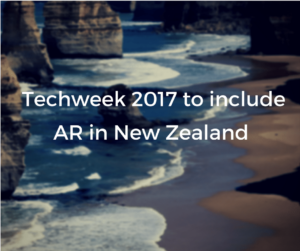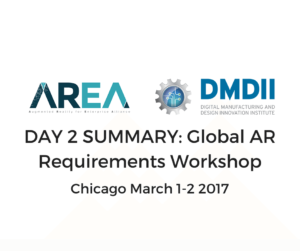VR/AR Association in Vancouver
A post on straight.com by Kate Wilson, takes a look at the VR/AR Association in Vancouver and the significance of AR in the marketplace. In this upbeat piece, AR is introduced to the reader by inviting them to imagine a world where screens have become completely obsolete because individuals can conjure computer displays through contact lenses or glasses.
Dan Burgar, President of the Vancouver chapter of the VR/AR Association, thinks that day may be quite close. Burgar finds it difficult to think of an industry where the hardware would not generate a huge leap forward.
The article focusses on the practical everyday applications of AR technology, both in everyday life and in industry and nods to building development, where AR gives architects the tools to manipulate their creations in 3D. Real estate is using it to allow customers to visualize unbuilt spaces, and to view properties without actually having to visit them. AR’s importance in learning and development in industry is mentioned with the example quoted being in oil and gas extraction where training is conducted via headset, allowing the employee (trainee) to get as close as possible to a real-life experience before entering a dangerous situation.
The article suggests that Vancouver is fast becoming a hub for VR and AR, stating that the state has invested $100 million in venture capital for British Columbian tech companies and recently started offering a tax credit specifically for virtual and augmented reality. This forward-thinking approach inspired Burgar to create a VR/AR Association chapter in the city.
The Vancouver chapter has about 30 members,” he continues, “but there are more than 50 companies here that are dabbling in virtual reality or working on augmented reality development, and that number increases every day. We are continually connecting local businesses with Vancouver developers, and figuring out how to use this technology creatively.


